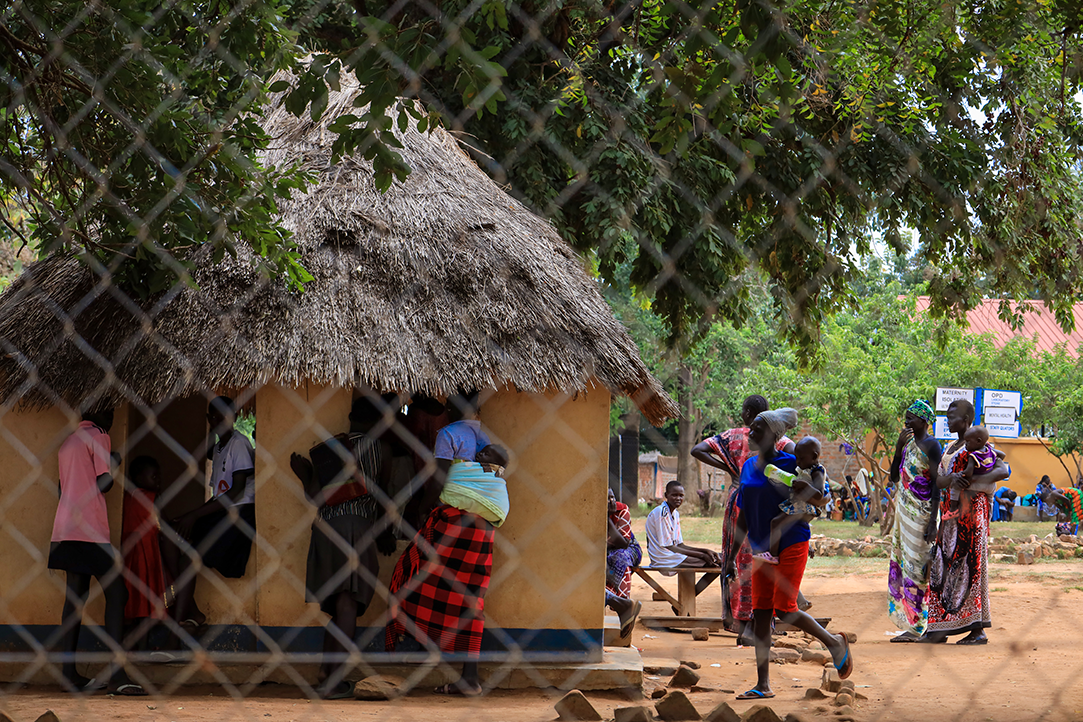A new policy brief from Makerere University calls for clearer communication, stronger family planning education, and literacy-sensitive programming to increase reproductive health service use among South Sudanese refugee women in Rhino Camp.
KAMPALA — A new policy brief by Laura Silovsky, a recent graduate of Makerere University School of Public Health, says improving health literacy could significantly increase the use of sexual and reproductive health services among South Sudanese refugee women in Uganda. The findings draw on research conducted in Rhino Camp Refugee Settlement, where women continue to face barriers to care despite the availability of free services.
The brief highlights that refugee women who better understand health information are more likely to adopt family planning, seek HIV testing, and use other reproductive health services. “Health education is only effective if women have the skills and knowledge to understand, interpret, and apply this information to their own health,” the brief states. It argues that service delivery alone is insufficient without communication that matches women’s literacy levels and lived realities.
The study involved 486 South Sudanese women aged 15 to 49 and used the Health Literacy Questionnaire to assess how easily respondents could find, understand, and use health information. Women with higher income and education levels showed stronger health literacy, while many others struggled to navigate the system. The brief notes that “women found it difficult to navigate the health care system and find supportive healthcare providers whom they felt they could trust.”
Although most respondents had heard about family planning from friends or relatives, fewer had received clear guidance from health workers on how methods work or where they are available. The brief found limited access to reliable information, language barriers, and overstretched health facilities as key factors that undermine service uptake. In some cases, women delayed care until their conditions became severe.
Based on the findings, the brief calls for three priorities for programmes working in refugee settlements: training health workers to communicate more clearly, empowering women to advocate for themselves in clinical settings, and expanding community-based family planning education. Recommended steps include using plain language, avoiding medical jargon, and applying the “teach back” approach in which patients repeat instructions to confirm understanding.
The study also found that women showed a strong willingness to manage their own health when information was clear and accessible. The brief concludes that improving health literacy is a “low-cost and simple” strategy that can be integrated into existing reproductive health programmes and can also benefit other areas, including nutrition and noncommunicable diseases.
Silovsky’s focus on refugee health aligns with her personal story. In a February profile published by Makerere University, she discussed her family’s refugee background and how it influenced her commitment to public health and displaced communities. After completing her master’s degree, she has continued to engage in humanitarian health work.
Her supervisors, Dr. Justine N. Bukenya and Dr. Simon P. Kibira, supported the research, which adds evidence to policy discussions on reproductive health in refugee settings. The brief argues that addressing health literacy can help move programming “away from identifying barriers towards developing practical interventions.”
Uganda shelters between 1.9 and 2 million refugees, the largest caseload in Africa. Under the country’s 2006 Refugee Act, they have the right to work, move freely, and access public services, yet demographic weight and systemic overstretch define their daily reality. The brief concludes that women must be equipped with the knowledge and confidence to use available services, and it calls on government bodies, humanitarian agencies, and health partners to integrate literacy-sensitive approaches into ongoing programmes in refugee settlements.
By Davidson Ndyabahika
See full details in the brief.



